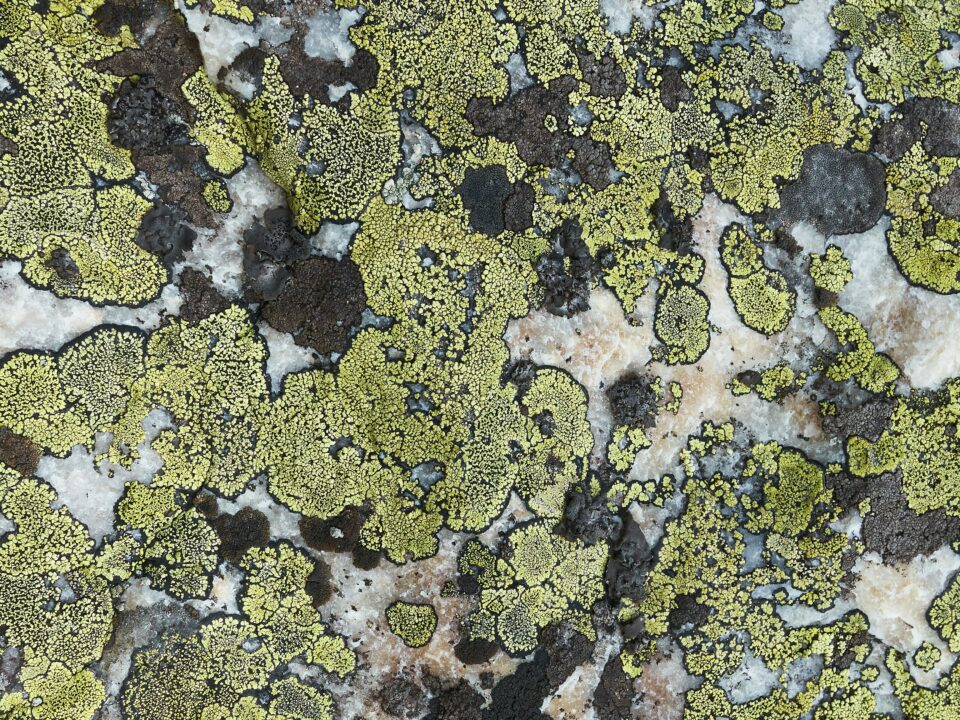
Azulene, an aromatic organic compound, stands as an isomer of naphthalene, with a distinct characteristic – it is dark blue in colour, unlike the colourless naphthalene. The compound derives its name from its vivid hue, as “azul” translates to “blue” in Spanish. In nature, two terpenoids, vetivazulene (4,8-dimethyl-2-isopropylazulene) and guaiazulene (1,4-dimethyl-7-isopropylazulene), showcase the azulene structure and are present in pigments within mushrooms, guaiac wood oil, and certain marine invertebrates.
Azulene has a rich historical background, tracing back to the 15th century when it was identified as the azure-blue chromophore obtained through steam distillation of German chamomile. Septimus Piesse named it after discovering it in yarrow and wormwood in 1863, while its structure was initially elucidated by Lavoslav Ružička, and it was synthesized organically in 1937 by Placidus Plattner.
Azulene oil possesses soothing properties, effectively reducing redness and inflammation. It is also known for its moisturizing capabilities and the enhancement of skin barrier function, with some antibacterial attributes.
Furthermore, azulene can alleviate various skin irritations, particularly addressing issues such as post-shaving or waxing redness and bumps, and even assisting in the prevention of ingrown hairs. This makes it a common ingredient in post-hair removal products, although its application in facial formulations is gradually expanding. Additionally, azulene oil can be beneficial for soothing sunburned skin, although diligent sun protection practices are still strongly advised to avoid sunburn in the first place.
In terms of moisturization, azulene oil aids in retaining natural moisture by enhancing the skin’s barrier function without leaving an oily residue, as it is known as a “dry oil.”
The anti-inflammatory and antimicrobial properties of azulene render it suitable for inclusion in acne treatments, although it’s worth noting that there is still a need for more comprehensive clinical studies to substantiate its benefits for acne.
Most individuals tolerate azulene oil well, but like many natural ingredients, potential allergies should be considered. Those allergic to chamomile flowers or other plants in the daisy family may experience a reaction to azulene oil. To ensure safety, it is advisable to perform a patch test on a small area of the skin, such as the forearm, and observe for any adverse reactions over two to three days before applying it more widely.
A noteworthy precaution is that azulene can increase skin sensitivity to sunlight. It is advisable to avoid sun exposure immediately after using products containing azulene and to diligently apply sunscreen, as sun exposure can occur even indoors.



